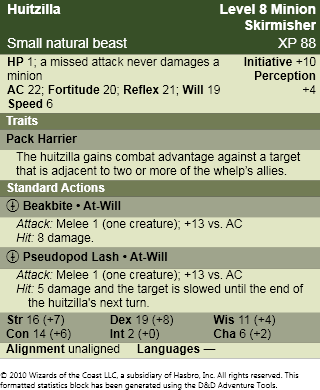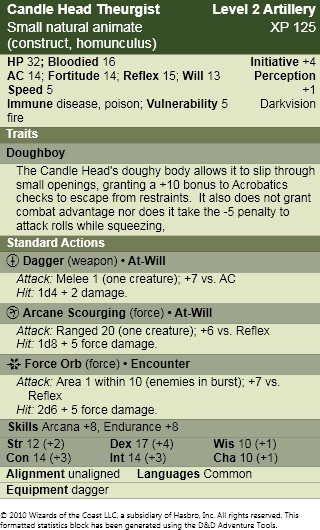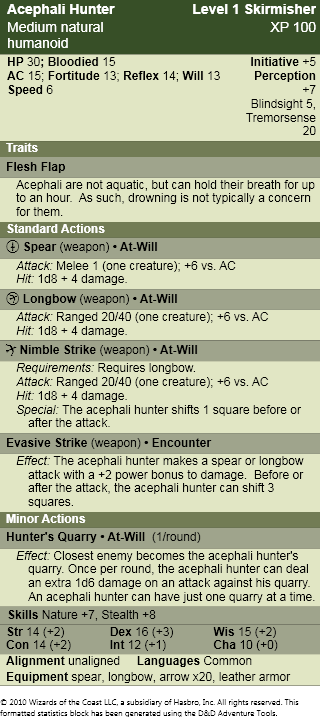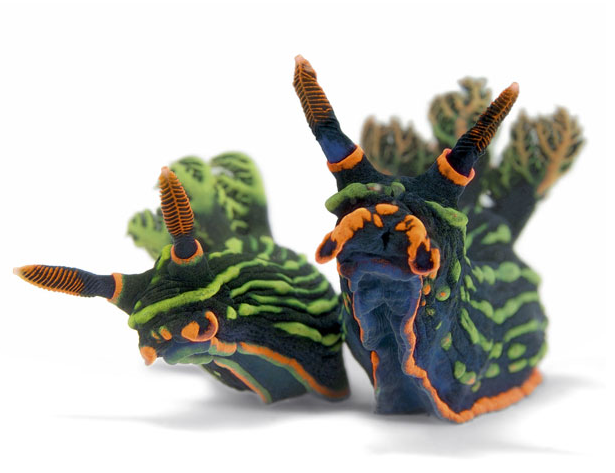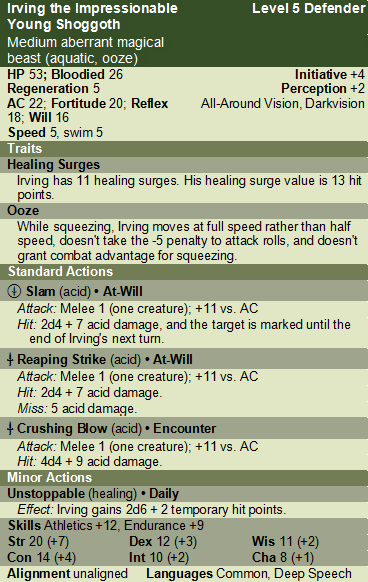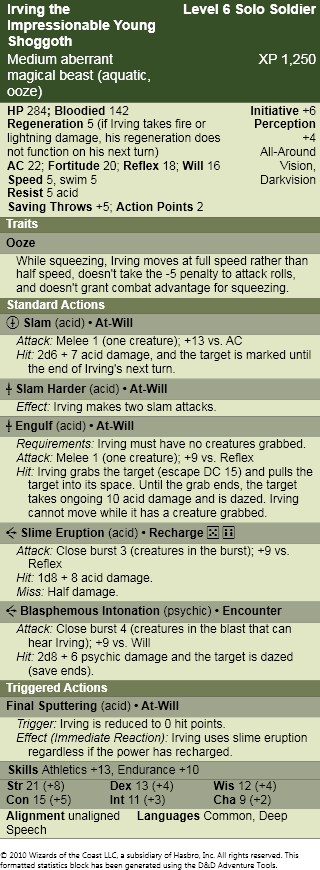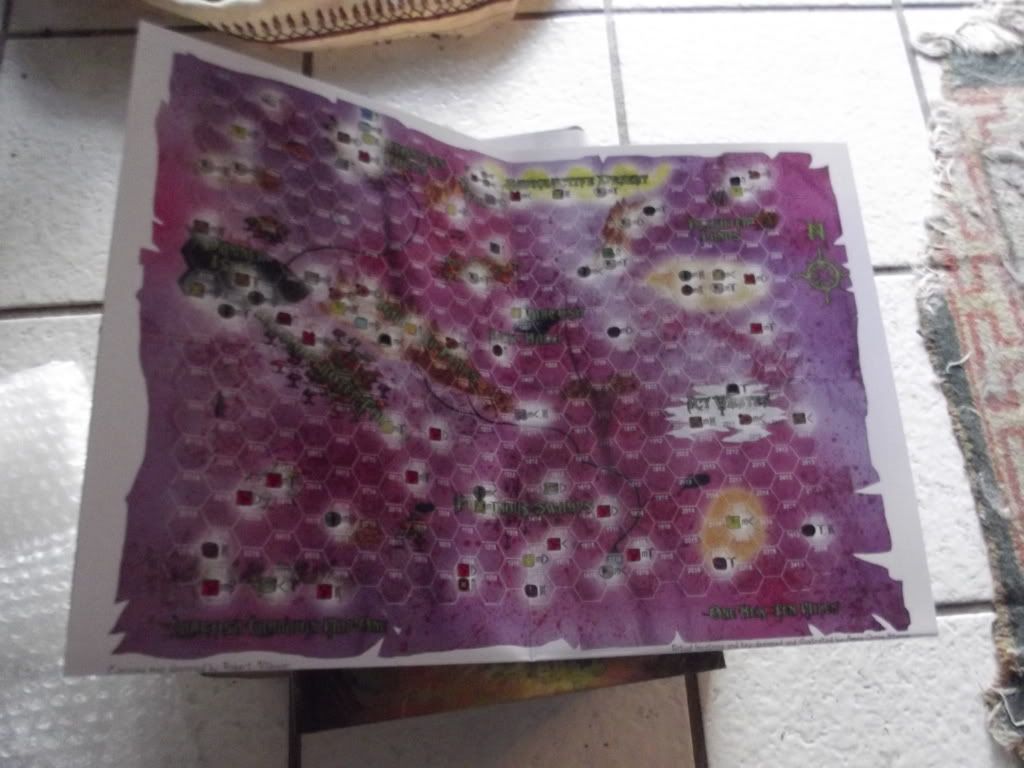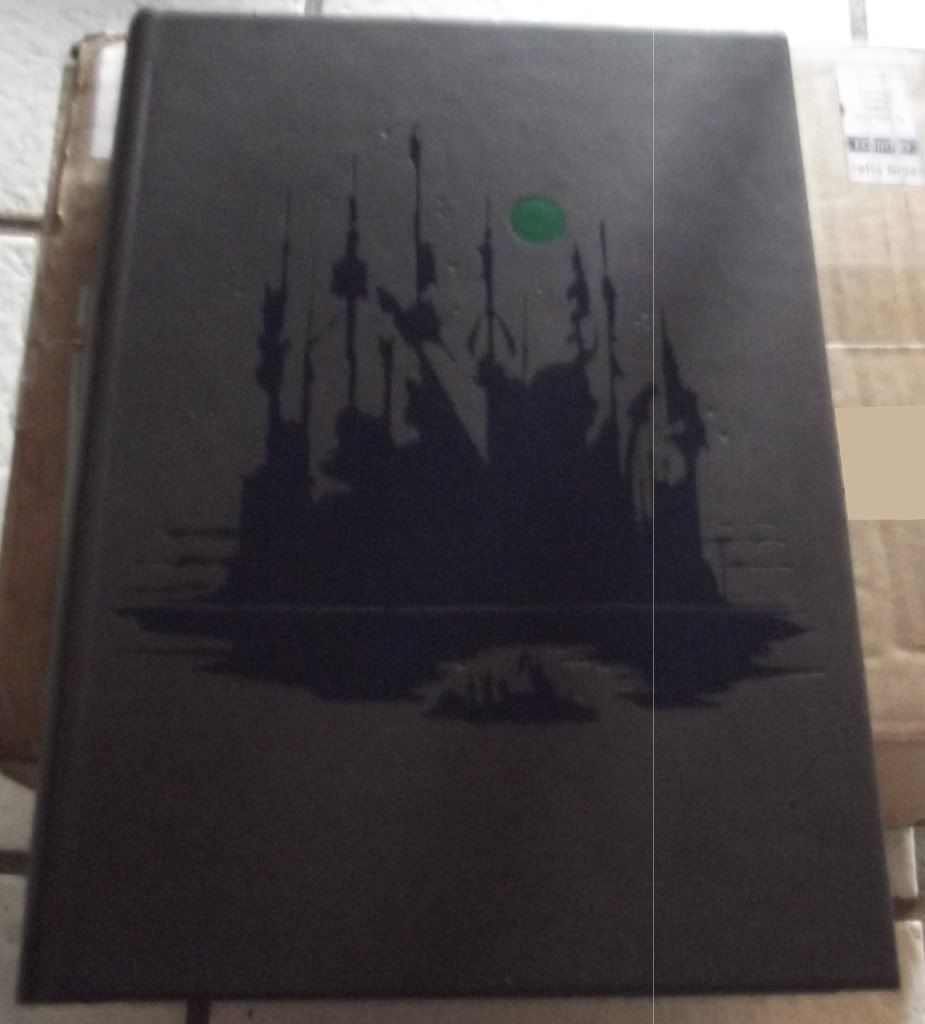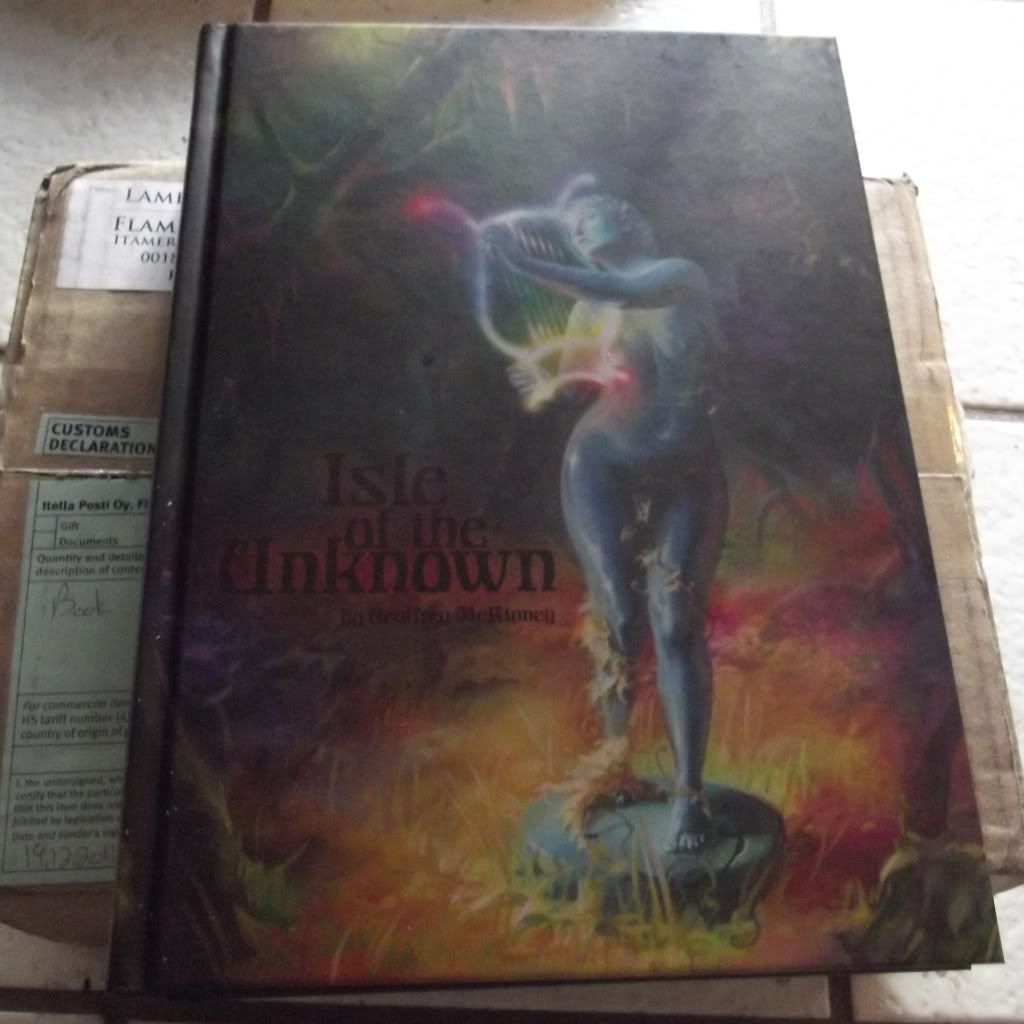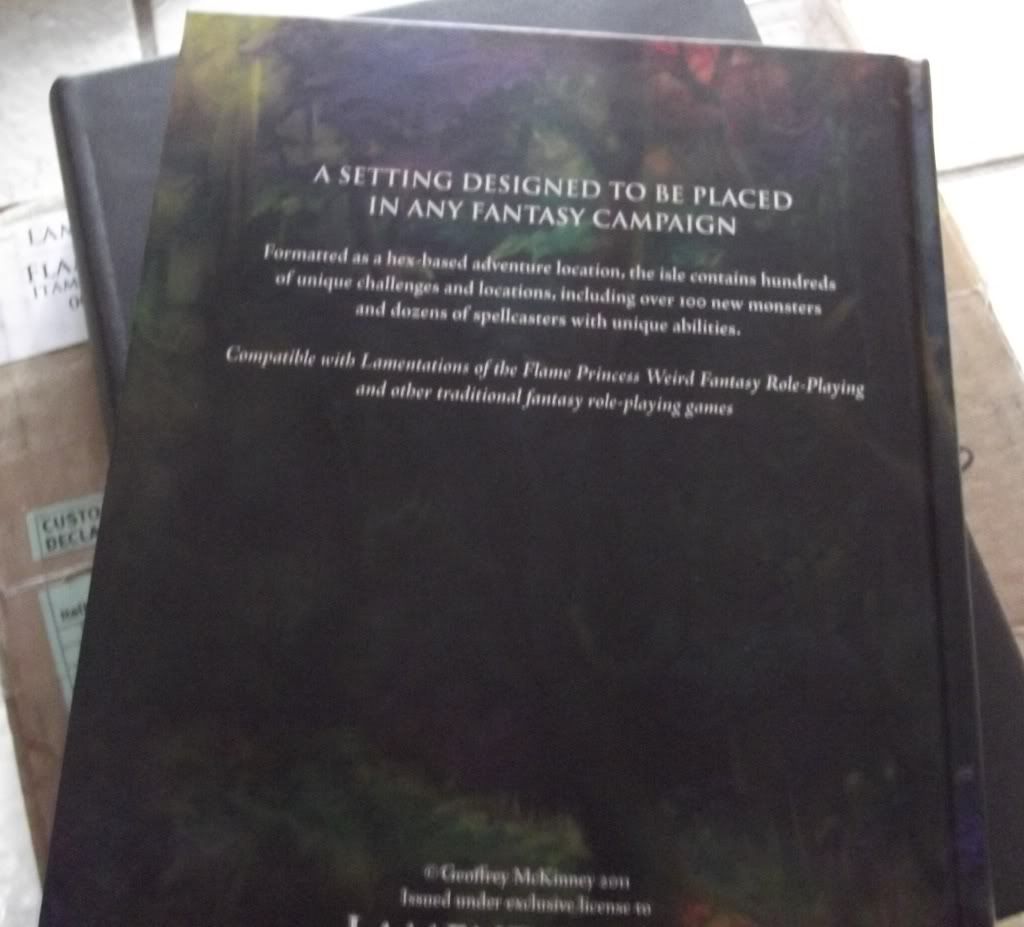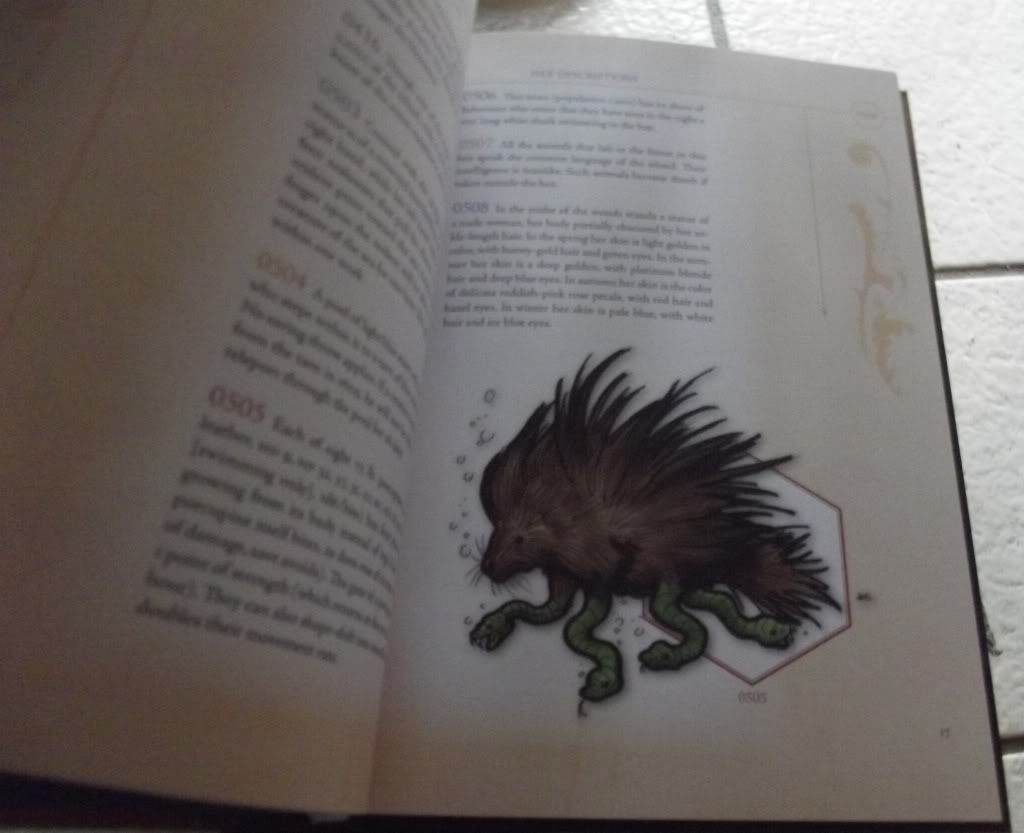A group of twelve entered the Fungoid Gardens, and four returned, converting the town to the worship of the Old Ones. After the celebratory orgies and revels of the new Remnant (wherein Kra-deera and Uthak learned that Kra-deera's nails can cause unconsciousness), everyone returned to the business of running the town. Three more travelers came to town the following day: Lilimuth Yogthoth (1st-level Jale Sorcerer), Shako of the Wastes (1st-level Black Specialist), his lizardwolf pups and his two Red child-slaves, and Vebok Barth (1st-level Red/Brown Sorcerer).
That night, all in the village had a dream, prompting them to dig.
Shothothor and most of the villagers took to digging, while Lilimuth, Shako, and Vebok wanted to investigate these "Fungoid Gardens" about which they had heard tales. A relative newcomer (having only been in the village a few weeks), Shub Shiggashoth (1st-level Brown Fighter) joins them. Uthak (1st-level Jale Fighter), having previously survived an expedition to the Fungoid Gardens, joins them and decides to act as a guide.
On the way, they meet and destroy a dolm ooze. It pits and rusts Uthak's new plate armor and destroys Vebok's short sword, although Vebok scoops up a sample of the goop with one of his glass jars.
Continuing to the Fungoid Gardens, the group tries to investigate paths they have not previously taken. They find a filthy area with bedrolls and more of the slack-jawed Yellow Men. Leaving them alone, they go down a side-tunnel to find an alchemy lab with a black-clad figure inside. Uthak recognizes one of the Gardens' inhabitants, and they talk. He agrees to give them a tour of the upper levels, although he will not descend into the deep one-ridden lower levels.
He gets the group past the Amphibious Ones and they descend into the lower levels. They wander, fight another dolm ooze (which results in more plate armor corrosion), and investigate the runes that keep a hive of deep ones trapped in these caves. Deciding that they don't want to investigate too heavily, they ascend. Before they help the alchemist move to Remnant, offering their protection in exchange for his services, they decide to investigate the nearby chamber devoid of fungus, as the alchemist says he's always had a funny feeling about that place. Uthak finds that a section of wall is actually an opening blocked by a boulder. They determine it to be over 100' deep. Uthak removes her plate armor and decides to climb down. She slips and falls, plummeting several hundred feet to her death. The sound of something in the pit suggests that she landed on it and either injured or killed it.
The group helps the alchemist move to Remnant. Shako tries to fashion the plate into shovels, but breaks it in the process.
The group decides to enslave any wanderers they can find. They decide to make hunting forays into the Blighted Lands by night. The first night, they happen across an Ulfire Woman bearing sword and shield, clad in leather and a loincloth. Strangely, rather than legs, she has tentacles with which she slithers across the rocky ground. Vebok reveres her, and rather than enslave her, they make introductions. She is Kakotug Narthok (1st-level Ulfire Specialist), and she agrees to accompany them.
Their foray only finds a carapaced white arachnoid with two orange eyes and covered with small, fanged mouths. Kakotug gravely injures it and Vebok finishes the job, killing it.
The next several nights are uneventful, as the group finds nothing in the wastes.
When they return on the fifth day, they find that the hole has been completed, and it leads down into a series of caves. Before they go to sleep, they decide to investigate.
The caverns are covered with a fluffy, dolm fungus. They find a sack of coins, which they hoist back up to the village. Then they continue deeper.
They find nothing, but as they continue deeper, they find a tunnel. As they walk, they hear several feet behind them, and they turn to find a group of ten to twenty stunted, dwarfish, reptile people with snake-like faces. After murdering five of them, Vebok addresses them and frightens the remaining group off.
They continue until they find a metal door. They pry it open and find themselves in an obviously artificial facility with walls of metal and stone.
Traveling with "left hand on the wall" or "wall-follower" method, they wander through the lightless tunnels until they find an intersection. Shako wants to go to the right door, and opens it to find a smooth green hexapod with two eyes and a sharp beak. The group leaps into the fray and savagely attacks the beast, killing it in seconds. A pile of coins also sits in this room, and the group grabs it before returning to the surface.
All told, the group finds 900 silver coins and 500 gold coins in the depths, along with the five spears they grabbed off the snake-things.
Update: Incidentally, while Kakotug, Lilimuth, Shako, Shub, and Vebok were sleeping, Nyu-an, the Black alchemist from the Fungoid Gardens, took a few of the villagers and made a brief expedition into the well, just to investigate this fungus. He has determined that it is harmless and edible; if the caverns could be cleared, the fungi could be used as a food source and possibly even cultivated.
Further Information Is Available: E. M. Lamb also made a post about the session. He's currently playing Shako of the Wastes (1st-level Black Specialist), for those of you following at home.
*************************************
Statistical Data: The town started at 45 men led by the Savior of the Prodigals (third-level Fighter). After the first delve into the Fungoid Gardens, the town was at 35 men led by Shothothor (first-level Sorcerer). The town has lost an old resident and gained a few new ones, bringing the total number of residents to 38 (39 if one includes Shothothor).
Demographic Breakdown:
Shothothor (1st-level Sorcerer)
38 Men:
- 3 1st-level Sorcerers
- 2 1st-level Specialists
- 2 1st-level Fighters
- 31 Normal Men
- 1 alchemist
- 1 craftsman (stonework)
